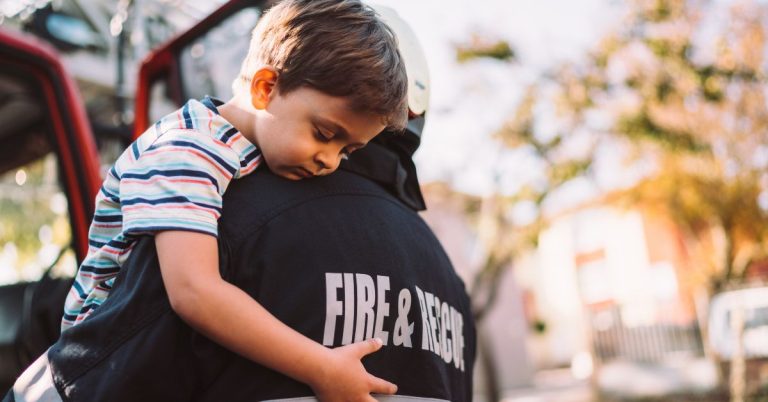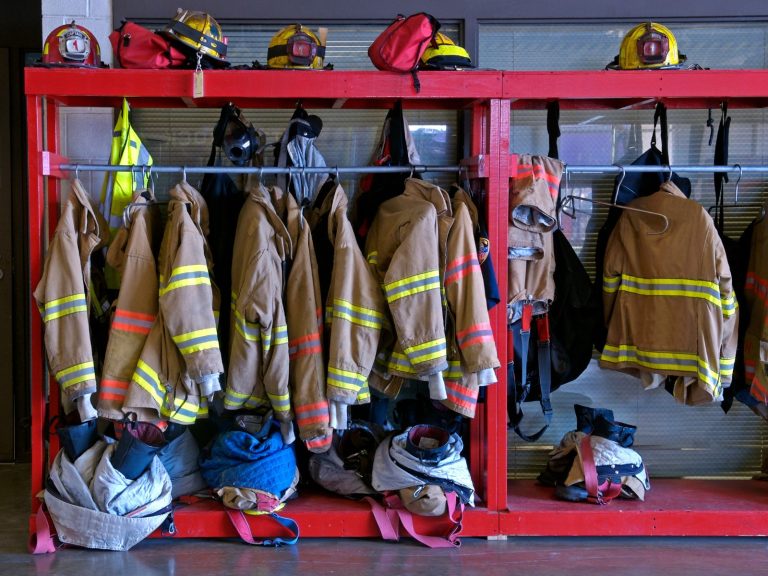Fighting Flames and Facing Forward: The Story Behind Wildfire Containment and the Road Ahead
When wildfires erupt in California, the response is anything but simple. It’s a fight that happens in the skies, on the ground, and within communities themselves. Containing a wildfire takes strategy, sweat, and split-second decisions—but the work doesn’t stop once the flames are out. It continues through rebuilding, education, and rethinking how we live alongside fire in a changing world.
Here’s what that journey looks like—from the front lines of the fire to the road ahead.
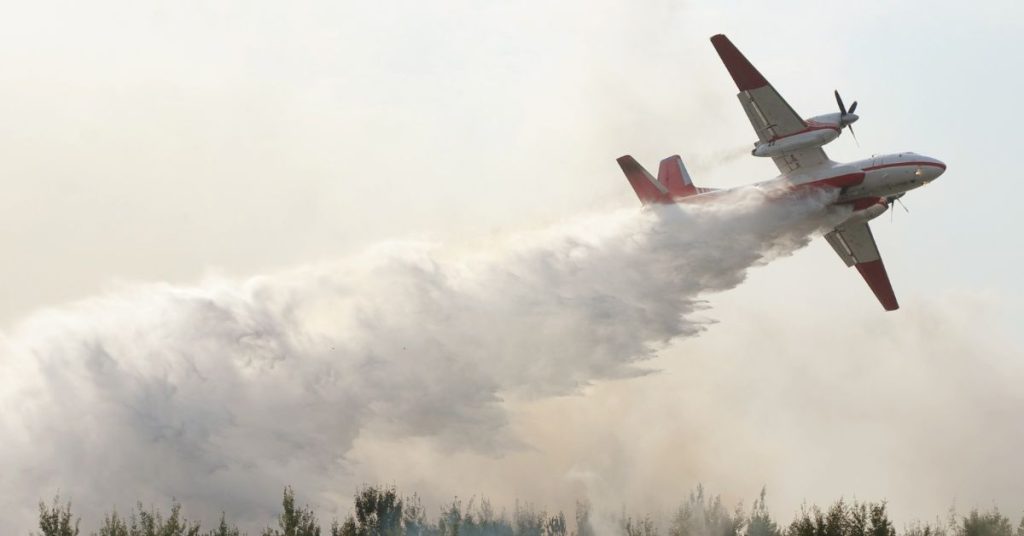
Aerial Firefighting: Battles from Above
During the devastating Southern California wildfires of early 2025, the skies buzzed with the rhythm of helicopters and tanker planes. More than 50 helicopters and multiple fixed-wing aircraft were deployed to fight the flames from above. These aircraft dropped massive loads of water and fire retardant in coordinated missions to slow the blaze and protect critical infrastructure like schools, hospitals, and entire neighborhoods.
(Vertical Magazine)
Aerial firefighting doesn’t extinguish wildfires alone—but it buys time. It gives ground crews a fighting chance and carves out seconds that could save lives.
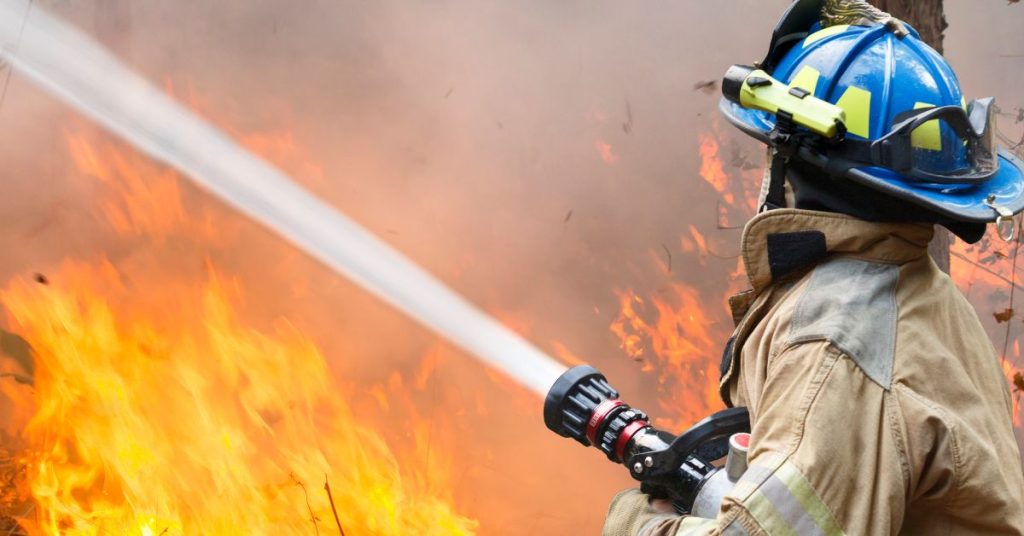
Ground Crews: Sweat and Strategy in the Dirt
While planes painted the sky, thousands of firefighters battled flames on the ground. They cut firebreaks—cleared strips of land stripped of fuel—to stop the fire’s path. In some places, they lit backfires, small controlled burns designed to eat up brush before the wildfire could reach it. It’s dangerous, exhausting work: clearing trees, hauling gear, breathing in smoke, and sleeping in shifts for days on end.
But these are the moments that protect towns. Firefighters become living walls between fire and family, risking everything to hold the line.
(Fire and Safety Journal Americas)
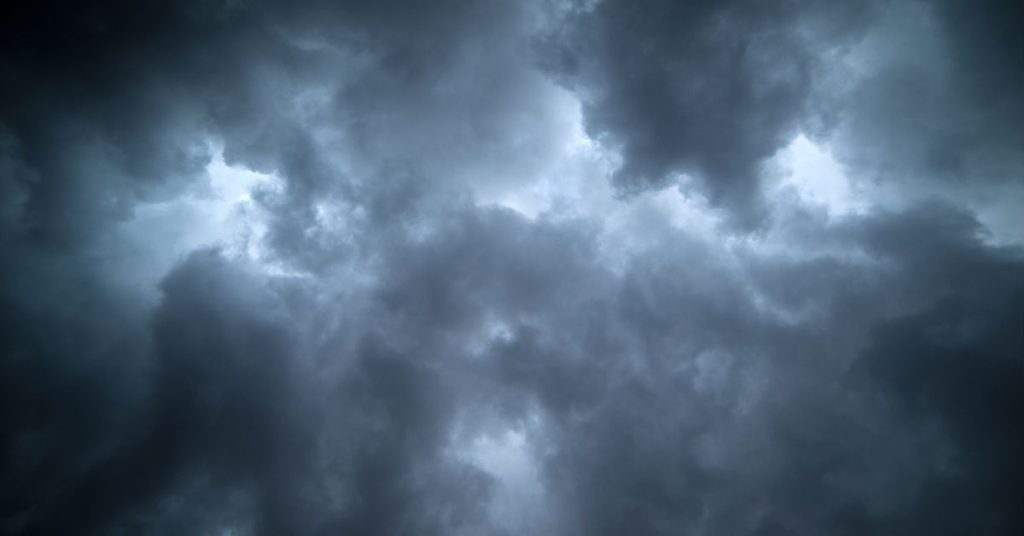
Weather Assistance: A Mixed Blessing
In late January, rains finally came. For fire crews, the showers were a godsend—soaking the dry terrain, putting out lingering hot spots, and easing tension in high-risk zones.
But rain on burned land comes with its own dangers. With roots scorched and soil loose, hillsides give way. Mudslides threaten homes that escaped the flames, and fire crews shift roles—from firefighting to flood control, clearing drains and stacking sandbags to protect what’s left.
(The Guardian)
The Road Ahead: Rebuilding, Rethinking, and Riding Forward
The fire is out—but the story isn’t over.
In towns like Paradise, CA—rebuilt from the ashes of previous fires—the recovery goes deeper than construction. It’s a full reimagining of how we coexist with fire. That’s where the future begins: in prevention, preparation, and public partnership.
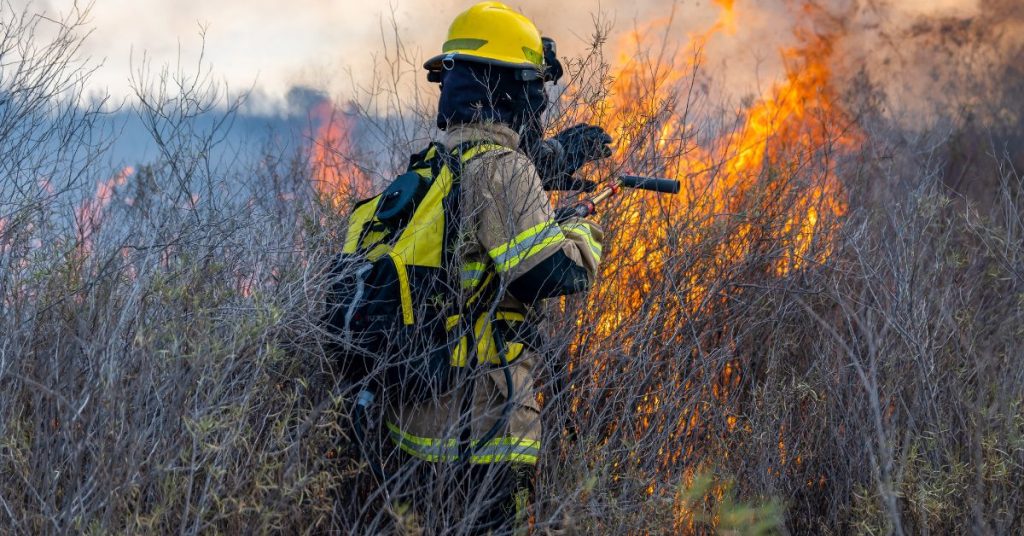
Smarter Land Management
In wildfire-prone areas, fire crews and forest rangers are working to bring fire back—intentionally and safely. Through prescribed burns or controlled burns, they mimic natural fire cycles by lighting small, low-intensity fires that clear out dry brush and deadfall. It’s not a response to disaster; it’s a strategy to prevent one.
California has committed billions to expanding these efforts, recognizing that a managed burn today can stop a catastrophe tomorrow.
(Governor’s Office)
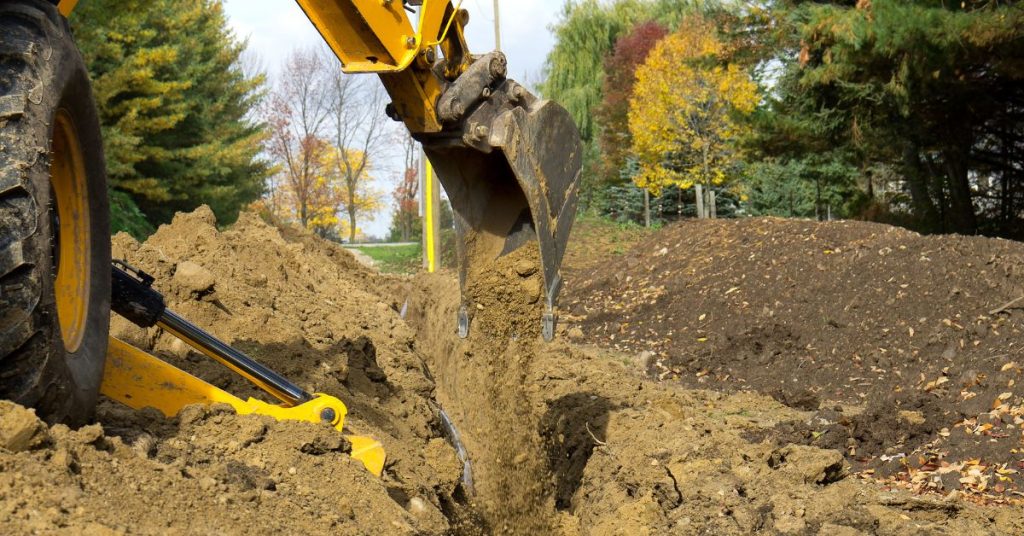
Stronger Infrastructure
In high-risk areas, utility companies are changing the game. Power lines are being buried underground. Utility poles are being reinforced or replaced. Automatic shutoff systems now detect dangerous wind conditions and cut electricity before sparks can fly.
These upgrades are costly—but nowhere near the cost of lives, homes, and forests lost to preventable ignitions.
(LAist)
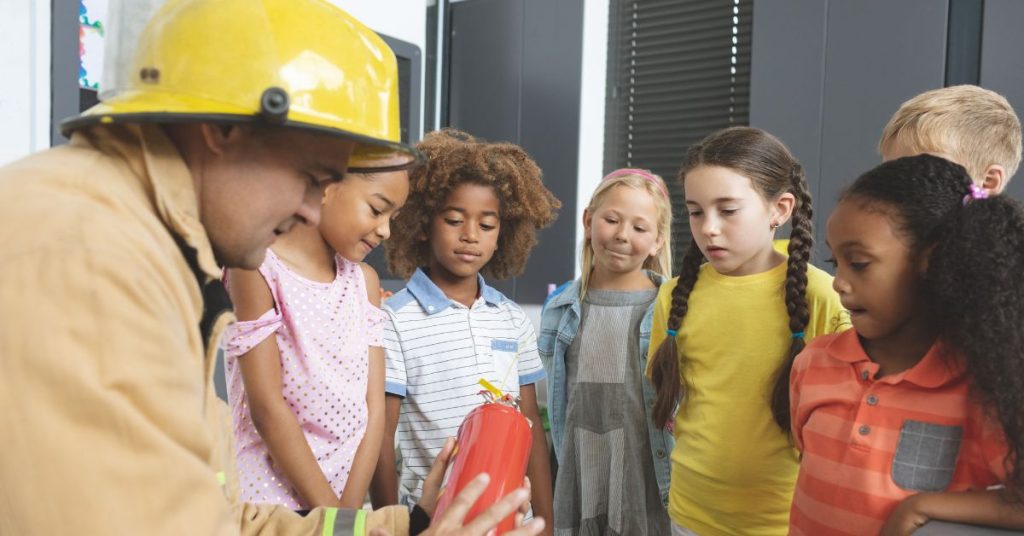
A Culture of Preparedness
Change starts at home. Across California, community wildfire education programs are helping residents build defensible space around their properties, develop emergency evacuation plans, and prepare go-bags. On weekends, firehouses open their doors to families, turning parking lots into classrooms.
When people understand how to live with fire, they’re better prepared to survive it—and that makes entire communities safer.
(California Office of the State Fire Marshal)
At Pedal to the Rescue, we believe awareness is action. We ride not just to raise funds, but to amplify voices, elevate knowledge, and inspire change. Every story we tell and every mile we cover is in honor of those who serve, those who’ve suffered, and those who strive to make our world safer.
We’re not just riding through fire country. We’re riding for its future.



